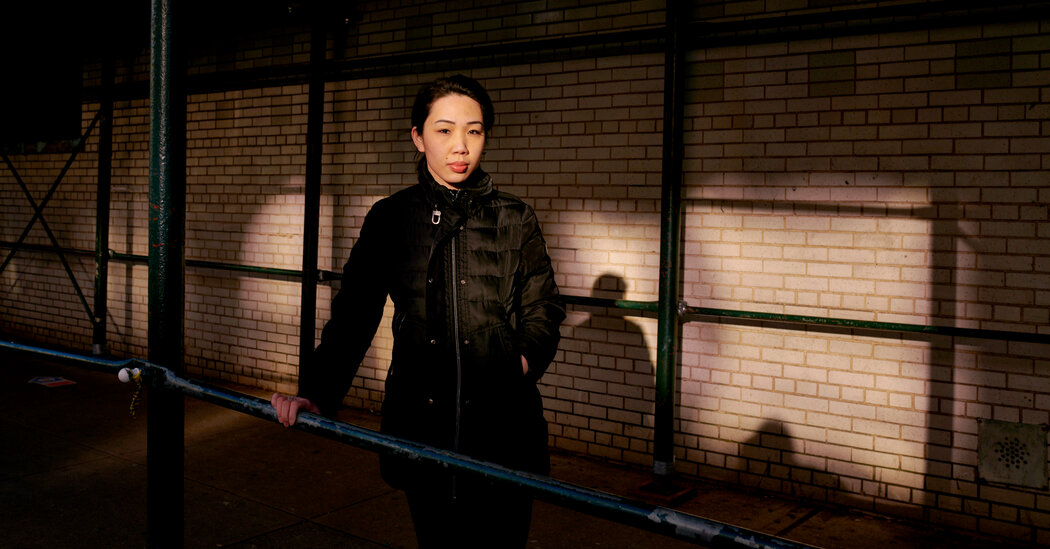The mayor and governor said that rates of major crimes had dropped 16 percent from Oct. 25 to Jan. 22, compared with the same period a year earlier. Overall, since 2019, the rate of violent crimes — murder, rape, felony assault and robbery — has more than doubled in the New York City system, even as ridership has decreased. There were 10 killings on the subway last year, compared with an average of two annually in the five years before the pandemic.
Despite those trends, a New York Times analysis of M.T. A. and police statistics published in November showed that the possibility of being a victim of violent crime in the subway was remote. The analysis found that the rate of 1.2 violent crimes for every million subway rides roughly equaled the chances of getting injured in a crash during a two-mile drive.
For some women, the subway feels no more dangerous than any other part of the city, or even less dangerous. Molly Maguire, 25, said she is more comfortable traveling on the subway than on a walk home from her stop in Brooklyn.
“I do mostly feel safe on the subway,” said Ms. Maguire, a paralegal. “If I’m going to be considering safety, it’s really more about walking for 10 minutes and I’m the only one on the street.”
Even so, some riders remain nervous. Some are uneasy waiting for trains at sparsely populated stations or unnerved by homeless people behaving erratically. High-profile shoves, stabbings and shootings on trains and in stations have shocked New Yorkers, notably those of Asian descent because some attackers have targeted them after the pandemic led to a surge in anti-Asian hate crimes. Many subway users were deeply disturbed by the death of Michelle Go, who was shoved in front of an R train in January last year by a homeless man who police said had a history of crime and mental illness.
“Dramatic tragedies like the killing of Michelle Go have really hit home with women despite the fact that crime numbers are relatively low compared to the…
Read the full article here





